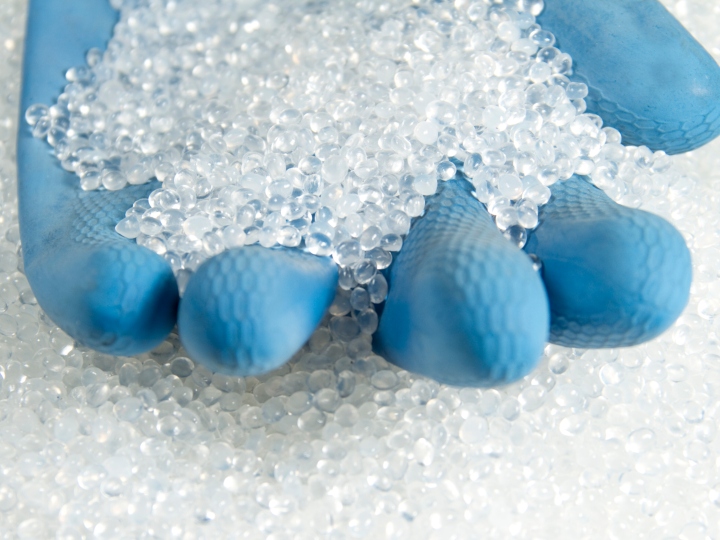Automotive plastics perceptivity testing for color, gloss, scratch, haze and appearance
Automotive materials are selected based on their aesthetic appeal, durability, and performance. Plastics, polymers, and rubber compounds are widely used in the industry for both functional and aesthetic components, including interiors, exteriors, and body parts. Ensuring these materials meet high perceptive standards is crucial for enhancing user satisfaction and brand reputation.
The perception of automotive materials extends beyond mere functionality; it encompasses how consumers see and feel these components. Aspects such as color consistency, gloss level, scratch resistance, haze, and overall appearance play a vital role in the perception of quality. Comprehensive perceptivity testing is conducted to optimize these factors and ensure a superior end-user experience.
Key Perceptivivity Property Tests
Automotive plastics undergo rigorous testing at state-of-the-art facilities to assess various perceptual properties. These tests include:
Scratch Resistance: Assessed using OEM-specific methods to ensure durability against wear and tear.
Gloss Measurement (ISO 2813, DIN 67530): Determines surface reflectivity, influencing the perceived quality and luxury of the vehicle interior and exterior.
Haze/Transmission (ASTM D1003A): Evaluates clarity and light diffusion properties, crucial for transparent and semi-transparent components.
Fogging (DIN 75201, ISO 6452 e.a.): Measures volatile emissions that can affect visibility and material longevity.
Coating Adherence: Multiple testing methods are employed to assess the durability of coatings applied to automotive plastics.
UV-Resistance: Various test methods simulate long-term exposure to sunlight, ensuring material longevity.
Volatile Organic Components (VOC) Testing (PV3341, DBL1000): Determines emissions from plastics that impact interior air quality and regulatory compliance.
Vapour Beam Testing: Conducted using customer-specific methods to assess the chemical stability of materials.
Advanced Processing and Testing Capabilities
To facilitate cutting-edge research, our high-tech injection molding and extrusion capabilities enable the production of consistent, high quality test specimens which can then be deployed in comprehensive testing and materials quality assurance programs.
Analytical Testing for Performance Enhancers
Intertek’s advanced laboratories provide a range of tests to evaluate the composition and performance of plastics, polymers, and rubbers. These include additives analysis, which ensures consistency in material performance; elemental analysis to determine material composition for quality assurance; VOC testing to measure emissions and comply with environmental standards; ageing testing to simulate long-term usage effects on materials; and thermal analysis to assess heat resistance and thermal stability.
Our testing facilities adhere to the highest quality standards, including ISO 9001 and ISO 17025 accreditation, ensuring reliable and industry-compliant results.
By integrating perceptivity testing at an early stage, manufacturers can optimize materials for enhanced aesthetics and performance, ensuring high consumer satisfaction and long-term durability in automotive applications. Contact us now to partner with our polymer scientists and engineers to drive efficiencies and power your automotive polymer development.

